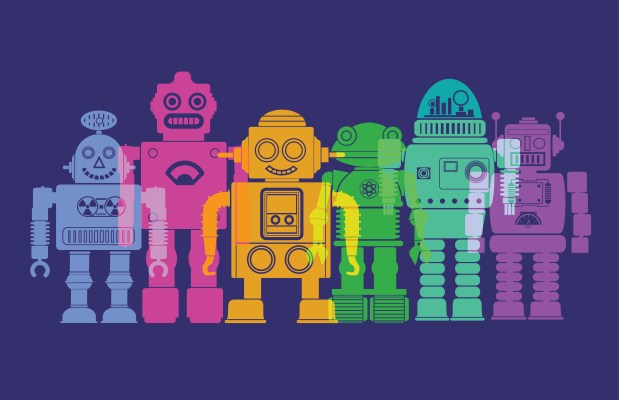According to Emilio Ferrara, a USC Information Sciences Institute researcher, not all Twitter bots are born bad. He should know. Ferrara created a “large-scale experiment designed to analyze the spread of information on social networks” and found that “good” tweets spread just as quickly as bad tweets. Further, they confirmed something the we already know: that information goes viral when we see it “multiple times through multiple sources.”
In other words, if you don’t want to spread the news don’t interact with it. But, if you see news from multiple sources at the same time, you’re far more likely to begin clicking the like button and the news becomes part of your worldview.
“We found that bots can be used to run interventions on social media that trigger or foster good behaviors,” said Ferrara. “This milestone shatters a long-held belief that ideas spread like an infectious disease, or contagion, with each exposure resulting in the same probability of infection. Now we have seen empirically that when you are exposed to a given piece of information multiple times, your chances of adopting this information increase every time.”
Ferrara created a bot that tweeted out a set of health tips and fun life hacks to 25,000 real people using 39 bots. The team measured interaction with the bots and saw how the information began to become part of the user’s experience.
“We also saw that every exposure increased the probability of adoption – there is a cumulative reinforcement effect,” said Ferrara. “It seems there are some cognitive mechanisms that reinforce your likelihood to believe in or adopt a piece of information when it is validated by multiple sources in your social network.”
This helps explain why we are skeptical about a single movie recommendation, for example, but change our minds when we see multiple positive descriptions of a movie from multiple sources.
The bottom line? Bots work.
“The common approach is to have one broadcasting entity with many followers, but this study implies that it would be more effective to have multiple, decentralized bots share synchronized content,” he said. He proposed that organizations like the CDC use botnets to send information multiple times from multiple sources to increase the likelihood of adoption.
So if Twitter is casting you down into a deep pit of despair maybe all we need are a few botnets more tweets like this one?
https://twitter.com/johnbiggs/status/912362372018393088
